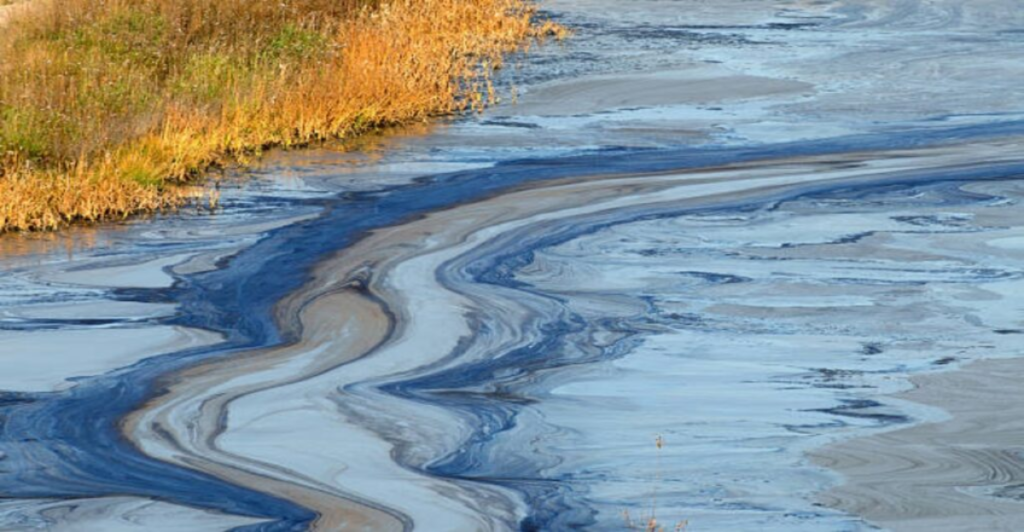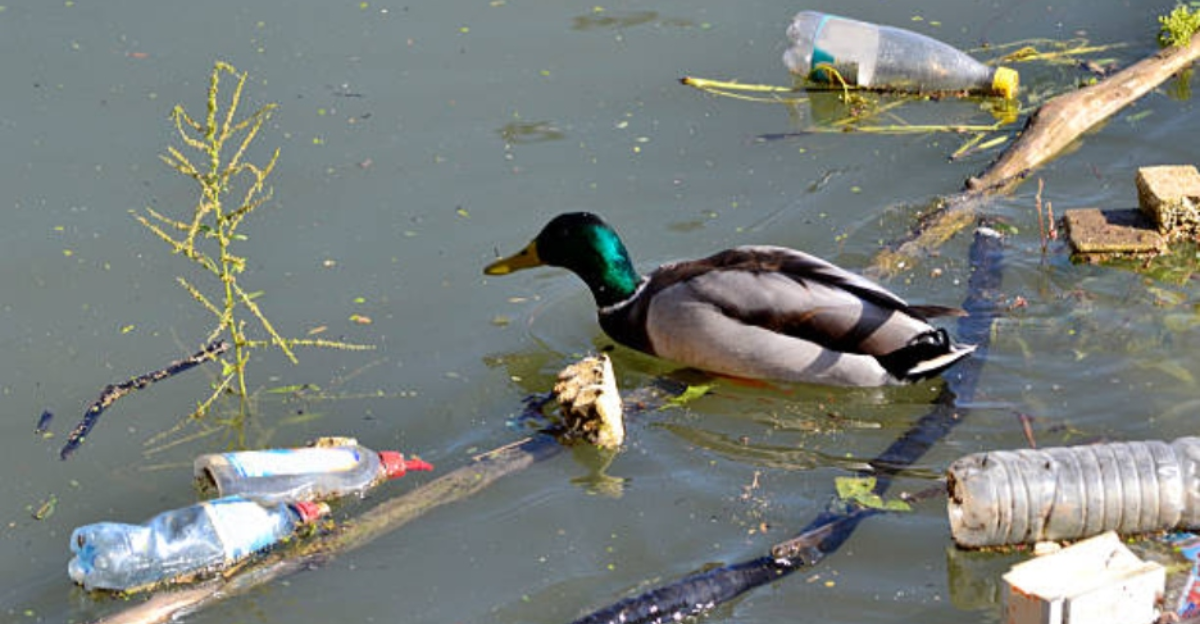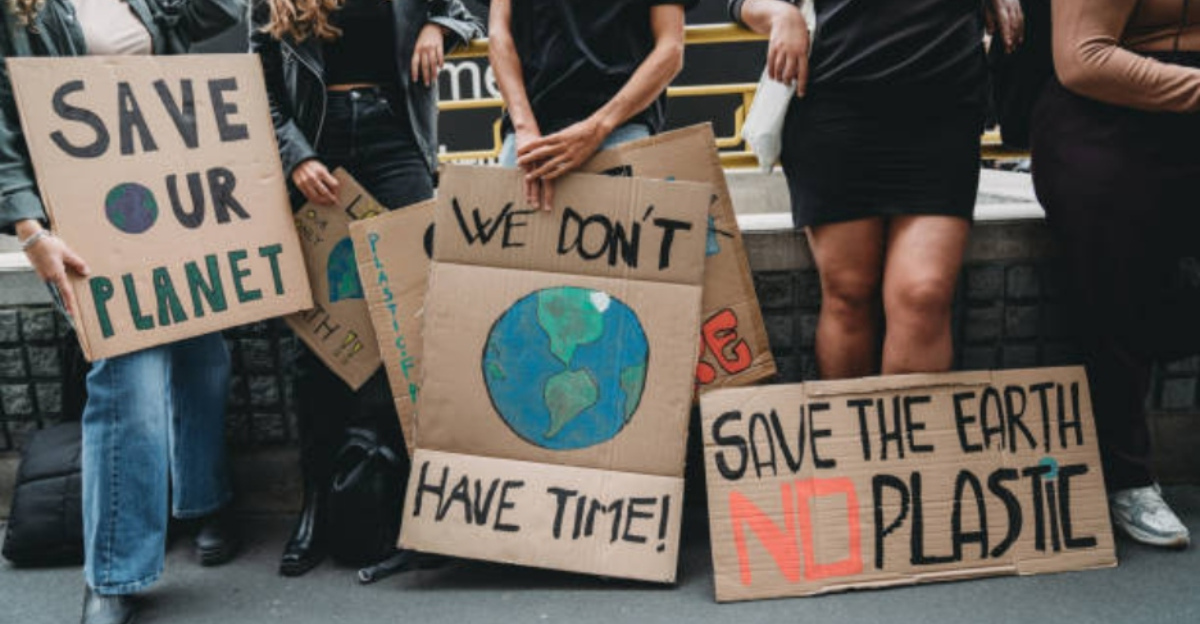
Environmental regulators and health officials in New Mexico have issued a stark warning to hunters following the discovery of unprecedented levels of per- and polyfluoroalkyl substances (PFAS), commonly known as “forever chemicals,” in wildlife near Holloman Air Force Base. These synthetic compounds, renowned for their persistence in the environment and potential health risks, have been detected in birds, small mammals, and plants around Holloman Lake, a site now recording some of the highest contamination levels globally.
Where Are The Chemicals Coming From?

The New Mexico Environment Department (NMED) recently released a report highlighting these alarming findings. Holloman Lake, situated near Alamogordo and adjacent to White Sands National Park, serves as the wastewater reservoir for Holloman Air Force Base. Samples collected from the area revealed PFAS concentrations in wildlife and vegetation that surpass any previously recorded levels worldwide.
Understanding PFAS and Their Environmental Impact

PFAS are a group of human-made chemicals used in various industrial and consumer products, including firefighting foams, nonstick cookware, and water-repellent fabrics. Their chemical structure makes them resistant to degradation, leading to their accumulation in the environment and living organisms. Exposure to PFAS has been linked to serious health issues, such as cancer, immune system suppression, and developmental problems.
Not Biodegradable

The persistence and bioaccumulative nature of PFAS mean that once released into the environment, they can remain for decades, cycling through water, soil, and living organisms. This characteristic has led to widespread contamination, affecting ecosystems and human health across the globe.
Record-Breaking Contamination Levels at Holloman Lake

The NMED’s report indicates that the PFAS concentrations found in samples from Holloman Lake are the highest ever recorded in any wild animal and plant worldwide. This discovery has prompted immediate concern among environmental and health officials, particularly regarding the potential exposure risks to hunters and the broader public.
What Are They Doing About The Pollution?

The contamination is believed to stem from the use of firefighting foams at Holloman Air Force Base, which have historically contained high levels of PFAS. These substances have likely leached into the lake and surrounding environment, leading to the extensive contamination observed today.
Health Advisory for Hunters

In response to these findings, the New Mexico Department of Health (NMDOH) has issued a health advisory recommending that individuals who have hunted and consumed waterfowl from Holloman Lake between 2010 and 2024 consult with their healthcare providers. This advisory aims to assess potential PFAS exposure and discuss possible health implications. The NMDOH emphasizes the importance of blood testing for PFAS levels, especially for those who have frequently consumed wildlife from the affected area. Early detection can aid in managing potential health risks associated with PFAS exposure.
Broader Implications of PFAS Contamination

The situation at Holloman Lake is not an isolated incident. A 2023 analysis by the Environmental Working Group (EWG) revealed that over 330 wildlife species worldwide have been contaminated with PFAS. This includes animals across various ecosystems, indicating the pervasive nature of these chemicals.
Is It Already Too Late?

The global extent of PFAS pollution underscores the need for comprehensive strategies to address contamination sources and mitigate exposure risks to both wildlife and humans. The findings at Holloman Lake serve as a stark reminder of the challenges posed by these persistent pollutants.
Calls for Federal Action and Accountability

State officials are leveraging the report’s findings to press federal agencies for more robust action in addressing PFAS contamination. There is a growing demand for comprehensive cleanup efforts at military installations like Holloman Air Force Base, where historical activities have contributed to environmental pollution. The NMED has been actively involved in legal battles to hold federal entities accountable for PFAS contamination. The department advocates for increased funding and resources to remediate affected areas and prevent further environmental degradation.
Community Concerns and Environmental Justice

Local communities near Holloman Lake have expressed concerns about the potential health impacts of PFAS exposure. Many residents rely on hunting and fishing for sustenance, raising fears about the safety of consuming local wildlife. Environmental justice advocates highlight the disproportionate impact of such contamination on rural and indigenous communities. They call for inclusive decision-making processes and equitable resource allocation in addressing PFAS pollution.
Global Efforts to Combat PFAS Pollution

Internationally, there is a growing movement to regulate and phase out the use of PFAS in industrial and consumer products. Countries are implementing stricter guidelines and investing in research to develop safer alternatives. Collaborative efforts among governments, non-governmental organizations, and industry stakeholders are crucial in mitigating the environmental and health impacts of PFAS. Sharing knowledge and resources can enhance global capacity to manage and remediate contaminated sites.
What Can The Public Do About It

The discovery of record-breaking PFAS contamination levels in New Mexico’s wildlife is a clarion call for immediate and sustained action. Protecting public health and preserving environmental integrity necessitate comprehensive strategies to address both existing contamination and prevent future pollution. Environmental agencies, health officials, and policymakers must collaborate to implement stricter regulations, conduct further research, and invest in remediation efforts. Hunters and community members are urged to stay informed and take proactive measures to minimize exposure risks. Increased public awareness and advocacy can push for stronger legislative action to hold polluters accountable and ensure safer environments for future generations. As the dangers of PFAS continue to emerge, tackling this crisis requires a collective effort to safeguard both human and ecological health.
Discover more of our trending stories and follow us to keep them appearing in your feed

The Real Cause Behind Los Angeles’ Devastating Wildfires
Zombie Deer Disease Continues To Grow Putting Hunters At Risk In These States
The War on Cows Is Over—And Green Extremists Have Lost
Massive Solar Plant Is Shutting Down Early—Saving Californians Over $500M
References:
Reference 1
This article first appeared here
Stay connected with us for more stories like this! Follow us to get the latest updates or hit the Follow button at the top of this article, and let us know what you think by leaving your feedback below. We’d love to hear from you!







